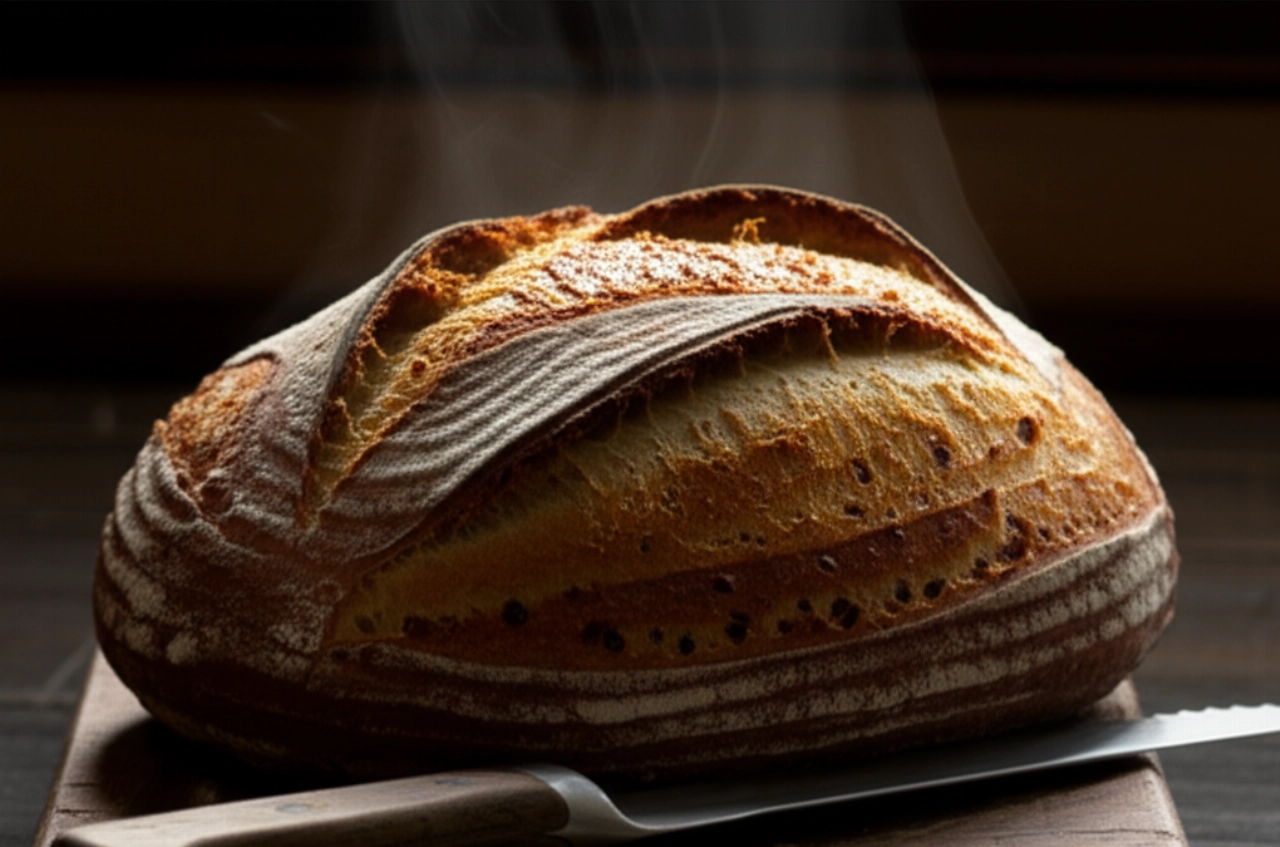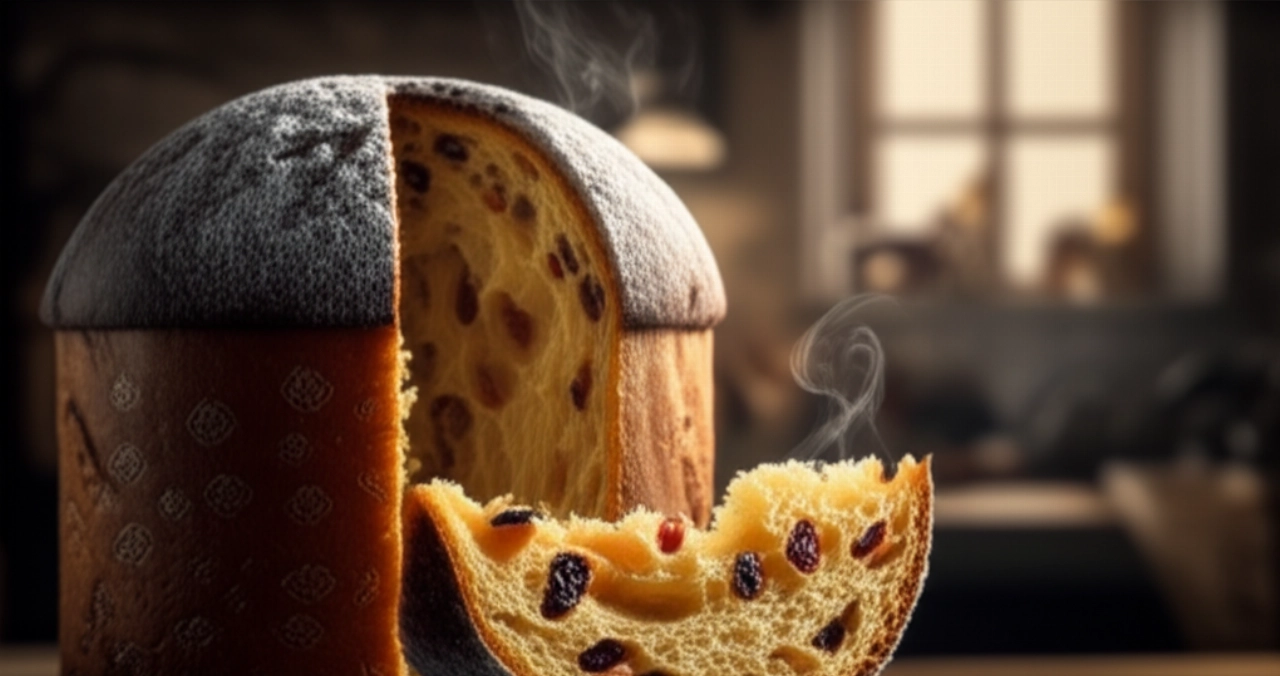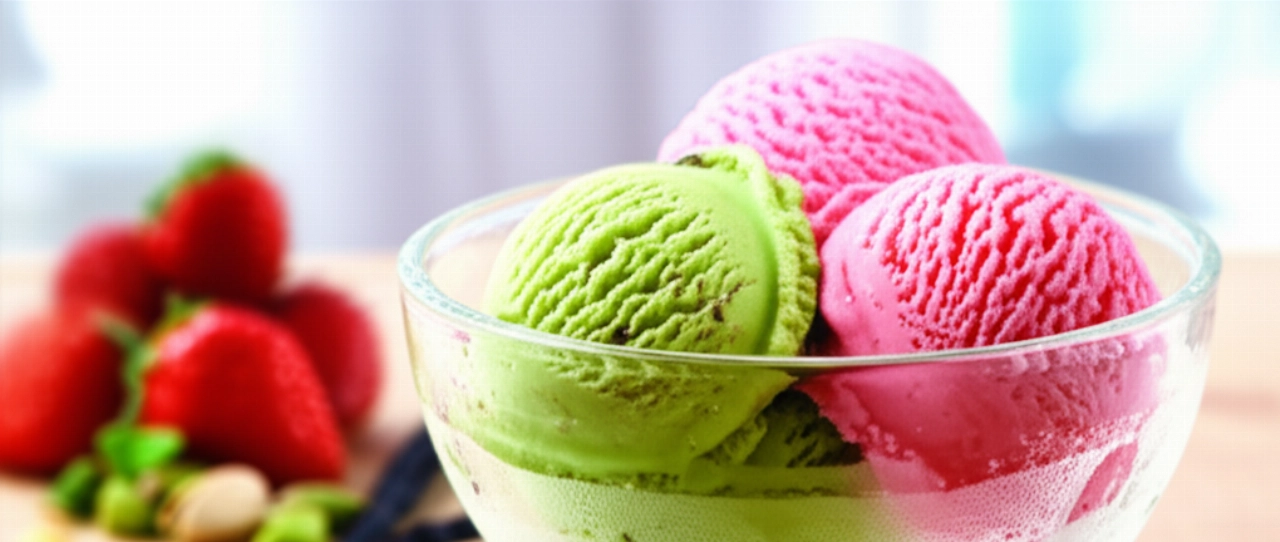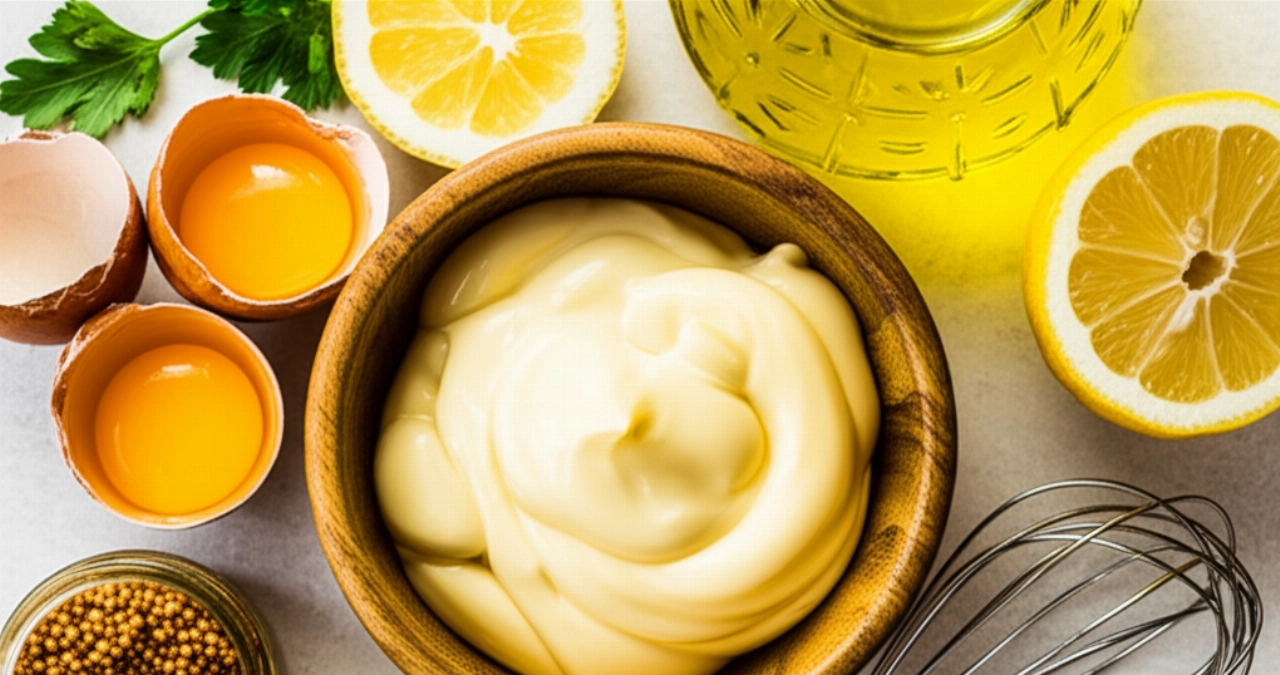Imagine ending a special dinner with a small glass of homemade Limoncello. A sip that tastes of sunshine, of the Amalfi Coast, of tradition. A fragrance so intense it fills the room, a crystalline transparency, and a taste that leaves everyone speechless.
But how many times have you tried to make it and the result wasn't what you hoped for? Perhaps cloudy, too alcoholic, or with that 'dull' flavor that doesn't do justice to grandma's true Limoncello.
Make yourself comfortable. Here you won't just find a list of ingredients, but the definitive guide, full of tricks and tips, to prepare the best and most fragrant Limoncello you've ever tasted. I guarantee you a crystal-clear success, just like your liqueur!
Smart Ingredients: The Choice That Makes the Difference for a Dream Limoncello
For a Limoncello that will make you say 'Wow!', the quality of the ingredients is everything. It's not just a simple list, but a well-thought-out selection, just like grandma would make.
- Lemons: This is the heart of your Limoncello. Choose organic, untreated lemons, preferably from the Amalfi Coast or Sicily. They must have a thick, very fragrant peel, rich in essential oils. Avoid those with thin or waxy peels. Remember, we will only use the yellow part of the peel, never the white!
- Pure 95° alcohol: Essential for extracting all the aromas from the peel. Do not use lower-proof alcohol for liqueurs, as it would compromise the extraction and the final result. It must be food-grade ethyl alcohol.
- Sugar: Simple white granulated sugar. Its function is to balance the acidity and alcohol content, creating a syrup that will perfectly bind with the lemon infusion.
- Water: Natural water, preferably filtered or bottled. Tap water, if too rich in lime or chlorine, could alter the final taste of your liqueur.
See? Every choice has its reason, and together, these quality ingredients will lead you to success.
The 3 Common Mistakes That Make Limoncello Cloudy or Tasteless (and How to Avoid Them)
I've seen many people get discouraged, but often just knowing these little secrets is enough to turn an attempt into a masterpiece. I'll reveal the most common mistakes and how to avoid them, so your Limoncello will always be impeccable.
- Using the white part of the peel (albedo): This is the number one mistake! The white part, called albedo, is bitter and will make your Limoncello cloudy and unpleasant-tasting. When peeling lemons, be meticulous: you must only remove the yellow part, as thin as a veil. A good quality peeler will help you.
- Rushing the infusion time: Patience is the virtue of great liqueurs! Alcohol needs time, a lot of time, to extract all the essential oils and aromas from the peels. Less than a month is too little. The ideal is 30-40 days, in a dark, cool place. Don't rush, the result will reward you!
- Not filtering the infusion well: Peel residues or impurities can make your Limoncello opaque. After infusion, filter the flavored alcohol with a fine-mesh strainer and then, for impeccable transparency, pass the liquid through a fine gauze or a clean linen cloth. Repeat the operation if necessary, until it is perfectly clear.
With these precautions, your Limoncello will be a true gem, clear and intensely fragrant.
Grandma's Secret: The Magic Touch for an Unmistakable Fragrance
My grandmother, who was a true kitchen wizard, always told me that the secret to an unforgettable Limoncello lies not only in the ingredients but in a small gesture that few know. And that's exactly what I want to reveal to you.
After peeling the lemons, before putting them in alcohol, grandma would gently rub them with a clean cloth. Not to clean them, but to 'awaken' the essential oils on the surface of the peel. A simple gesture, almost a ritual, that intensifies the fragrance and aromatic yield of your liqueur. Try it, and you'll feel the difference!
Let's Prepare Limoncello Together: The Step-by-Step Guide for a Perfect Result
What you'll need:
- 1 liter of pure 95° alcohol
- 10-12 large organic lemons (about 1 kg)
- 700 g granulated sugar
- 1 liter natural water
- A large glass jar with an airtight seal
- Clean glass bottles with airtight stoppers
- Vegetable peeler or sharp knife
- Fine-mesh strainer and sterile gauze or clean linen cloth
Method:
- Preparing the Lemons: Wash the lemons very well under cold running water and dry them perfectly. With a vegetable peeler or a sharp knife, remove only the yellow part of the peel, being careful not to include the white part (albedo), which is bitter. This is the most delicate and important step!
- The Magical Infusion: Place all the lemon peels in the large glass jar. Pour the pure 95° alcohol over the peels, ensuring they are completely submerged. Seal the jar tightly and store it in a cool, dark place (a pantry or cupboard works well) for at least 30-40 days. Gently shake the jar every 2-3 days to promote aroma extraction.
- Preparing the Syrup: After the infusion time, prepare the sugar syrup. In a large pot, pour the water and sugar. Bring to a boil over medium heat, stirring continuously until the sugar has completely dissolved. Let it boil for a couple of minutes, then turn off the heat and let the syrup cool completely. It is essential that it is cold before adding it to the alcohol.
- The Perfect Union: When the syrup is completely cold, filter the flavored alcohol from the lemon peels. Use a fine-mesh strainer to remove the peels, then filter the liquid again through sterile gauze or a clean linen cloth to eliminate any residue and ensure maximum transparency.
- The Final Assembly: Combine the filtered alcohol with the cold sugar syrup. Mix well with a long spoon to perfectly blend the two liquids. You will see that the Limoncello will immediately take on its characteristic bright yellow color.
- Bottling and Resting: Bottle the Limoncello in clean, sterilized glass bottles with airtight stoppers. Store the bottles in a cool, dark place for at least another 10-15 days before consuming. This resting period allows the flavors to meld and the liqueur to mature, reaching its full aromatic richness.
And there you have it! Your Limoncello is ready to be enjoyed. Remember, it should be served ice-cold!
Tips and Frequently Asked Questions about Homemade Limoncello
I know you might still have some doubts, and that's perfectly fine! Here are the answers to the most common questions, to clear up any uncertainties.
- Why is my Limoncello cloudy? Most likely, you included the white part (albedo) of the lemon peel, which releases bitter and opacifying substances. Or, you didn't filter the liqueur well. Make sure to only remove the yellow part and filter carefully, even multiple times, using a fine gauze.
- Can I use less sugar? Certainly, the amount of sugar can be slightly modified according to your personal taste. However, sugar not only sweetens but also balances the alcohol content and gives body to the liqueur. If you use too little, the Limoncello might be too harsh on the palate.
- How long does homemade Limoncello last? If stored in well-sealed bottles, in a cool, dark place, homemade Limoncello can last a year or more. Over time, the color might slightly fade, but the taste will remain intact. It should always be served cold, so store it in the freezer!
- Can I use non-organic lemons? I strongly advise against it. Non-organic lemons are often treated with pesticides or waxes on the peel, which are not only harmful but can also alter the taste and purity of your Limoncello. The peel is the main ingredient, so its quality is crucial.
- What can I do with leftover lemon peels? Don't throw them away! You can candy them, use them to flavor desserts, cookies, or tea, or dry and grind them to obtain an aromatic powder for use in cooking. Zero waste, just like grandma would want!
There you have it! Now you don't just have a recipe, but all the secrets to bring to the table a Limoncello that tastes of sunshine, the Coast, tradition, and love. A perfect digestif to conclude any meal, a much-appreciated gift, a true sip of happiness.
Don't be afraid to experiment. Cooking is an act of creativity. But start from this solid base and you'll see that applause won't be lacking. Your Limoncello will be a crystalline masterpiece, just as you dream it.
Have you tried our recipe? We're very curious to see your masterpiece! Leave a comment below, tell us how it went, or share a photo on Instagram by tagging @CercaRicette.it. If you loved this Limoncello, you can't miss our recipe for limoncello cream or for another traditional liqueur like grandma's nocino.





